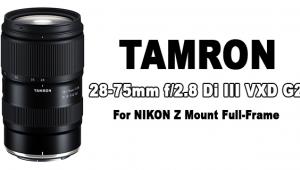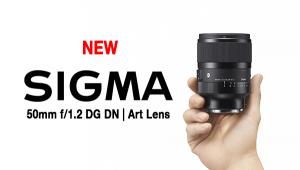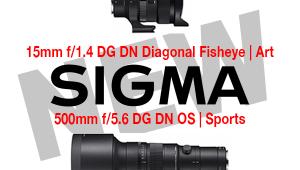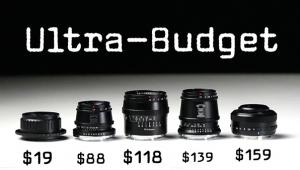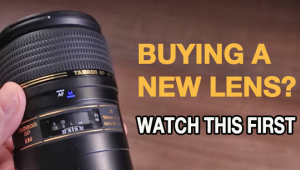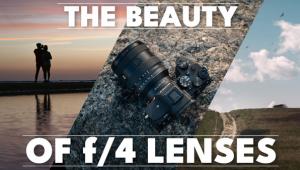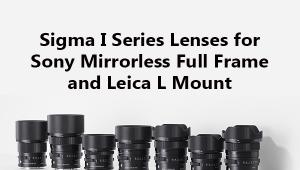Modern vs Vintage Lenses: Here’s Everything You Need to Know (VIDEO)

One of the many benefits of modern mirrorless cameras is that they enable you to use vintage lenses of various brands with the use of simple and affordable adapters. So if you have an assortment of old legacy glass gathering dust, it’s possible to get started as soon as you acquire a new camera, without immediately investing in native lenses.
And, if like me, you use Pentax DSLRs, you can mount just about any PK lens ever made, and you don’t even need an adapter.
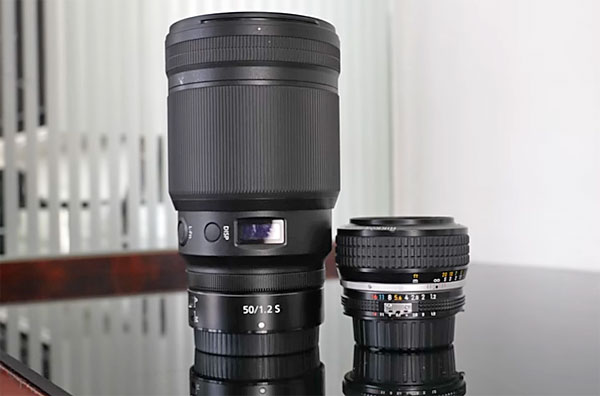
One consideration when using lenses from days gone by is the need to focus manually. But that’s not as big of a deal as you may think. That’s because today’s digital cameras have focusing aids like image magnification and focus peaking that make focusing manually quite easy—even if your eyesight isn’t great.
Moreover, many photographers prefer to focus manually when shooting macro, even with an AF lens, because it can be easier to set focus and slowly move toward the subject until everything looks sharp. And because wide-angle lenses offer great depth of field, critical focus isn’t always necessary—particularly with the lens stopped down.

But how do vintage lenses compare with modern computer-designed optics when it comes to image quality? That’s what the video below is all about. Photographer Matt Granger is known for helpful tips and tricks, as well as comprehensive product reviews. In this episode he reveals just about everything you need to know before deciding whether to purchase a vintage lens or two (or five)
Legacy lenses often get a bad rap because they usually don’t deliver the same level of critical sharpness as their modern counterparts. But as you’ll see, old lenses offer a number of attributes you may consider a plus, depending upon exactly the look you’re after. These include unique color rendition, a different type of bokeh, and a bit of flare that combine to deliver images with unique character.
So watch the video, hear what Granger has to say about these and other variables, take a look at his comparative photos, and see what you think. Then head over to his YouTube channel for more interesting stuff.




